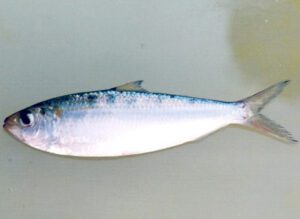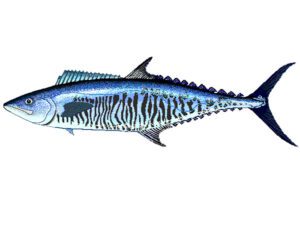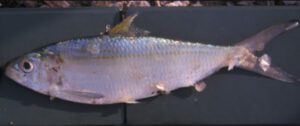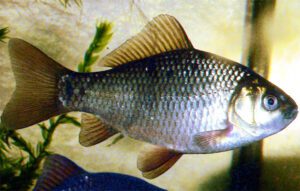The North Pacific hake fish is a ray-finned fish species in the genus Merluccius. It is found mainly in the northeast Pacific Ocean from northern Vancouver Island to the northern part of the Gulf of California. It is also known by some other names such as Pacific hake, Pacific whiting or Jack salmon.
The North Pacific hake fish is a migratory offshore fish and undergoes a daily vertical migration from the surface to the seabed at depths down to about 1 km. It is very important in commercial fishery off the West Coast of the United States. However, read some more information about this fish species below.
North Pacific Hake Fish Characteristics
The North Pacific hake fish is a silver-gray fish with black speckling and pure silvery white on the belly. These fish generally have two dorsal fins and a truncated caudal fin. Their pectoral fin tips generally reach to or beyond the origin of their anal fin. And their caudal fin is always concave.
Average body length of the mature fish is around 60 cm, with a maximum recorded length is 91 cm. And average body weight of the mature fish is around 1.2 kg. Photo and info from FAO and Wikipedia.
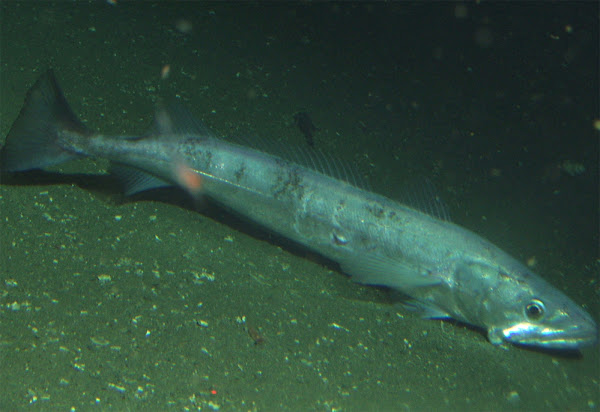
Diet
The North Pacific hake fish are nocturnal feeders that undergo daily vertical migrations off the bottom to feed on a variety of fishes and invertebrates. Common foods in their diet includes plankton, shrimp and smaller sized fishes.
Breeding
The North Pacific hake fish generally spawn from January to June. Absolute fecundity is difficult to determine, because they may spawn more than once per season. Depending on the size of the females, they can lay 80,000 to 500,000 eggs per spawning.
Uses
The North Pacific hake fish is a valuable commercial fish, and has been highly exploited. It is highly used for fishmeal, but also used for human consumption.
Special Notes
The North Pacific hake fish is one of the most important commercial fish off the West Coast of the United States. The mature fish generally live in large schools in waters overlying the continental shelf and slope, except during the spawning season when they are found several hundred miles seaward.
They grow relatively faster, especially during the first 4 years. And they become mature within their 3 years of age. Average lifespan of this fish is around 15 years. However, review full breed profile of this fish in the table below.
| Name | North Pacific Hake |
| Kingdom | Animalia |
| Phylum | Chordata |
| Class | Actinopterygii |
| Order | Gadiformes |
| Family | Merlucciidae |
| Genus | Merluccius |
| Species | M. productus |
| Binomial Name | Merluccius productus |
| Other Names | Also known as Pacific hake, Pacific whiting or Jack salmon |
| Breed Purpose | Mainly food, also fishmeal |
| Special Notes | Economically important fish species, one of the most important fish off the West Coast of the United States, the mature fish generally live in large schools in waters overlying the continental shelf and slope, grow relatively faster, about 15 years of average lifespan, used for food and also for making fishmeal |
| Weight | Around 1.2 kg |
| Breeding Method | Natural |
| Climate Tolerance | Native climates |
| Body Color | Silver-gray with black speckling and pure silvery white on the belly |
| Rarity | Common |
| Availability | Mainly Mexico and United States |
